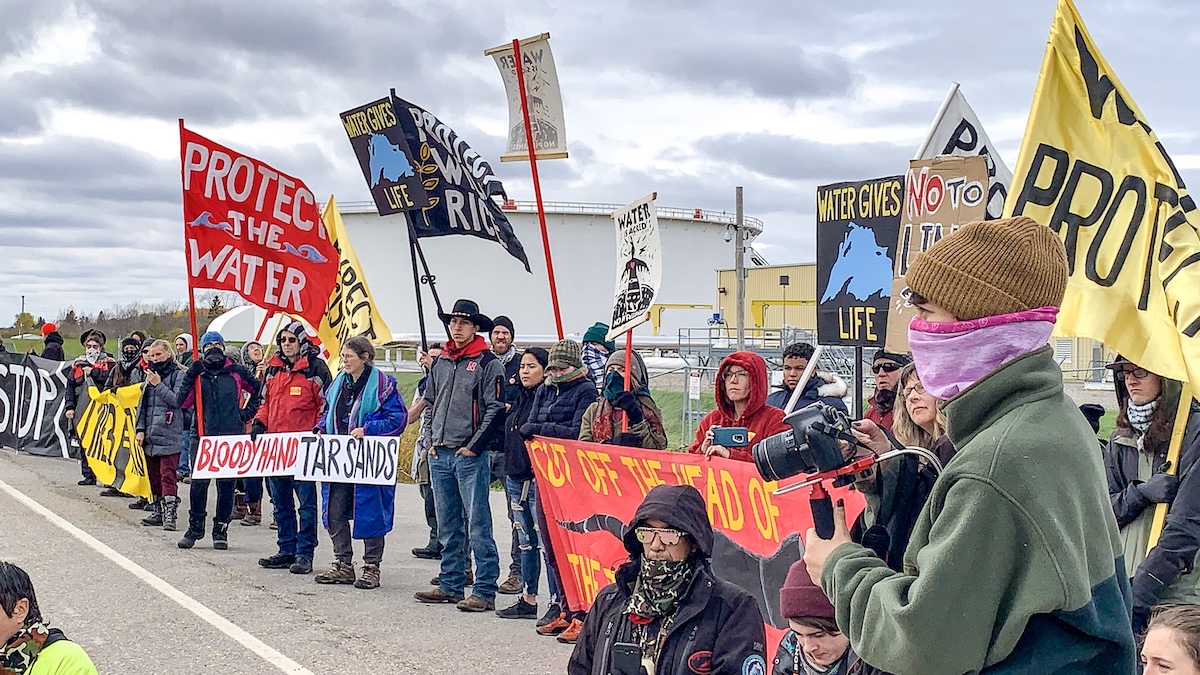by Ambar Rodriguez and Christina Giardinelli Article
PHOENIX, Ore. — The Phoenix City Council has approved an ordinance to amend the city’s Land Use Code in order to make more acreage within the city available for high-density housing in wake of the Almeda fire. During the meeting, concerns were brought up by residents and councilmembers alike about comments made during a previous planning session.
“Recent blatantly prejudice comments by members of the Phoenix planning commission including councilor-elect Krista Peterson, regarding low-income folks being bad neighbors and not welcome in Phoenix have left me scared and dismayed,” said Medford resident Andrea Adams during the meeting’s public comment period. “High-density housing is critical in the Rogue Valley now more than ever. Phoenix must welcome back its citizens with open-arms and real policy to support them.”
Adams expressed concern for those who lost affordable housing in the Almeda fire and condemned Peterson’s comments calling them discriminatory.
The measure, passed by unanimous vote during last night’s meeting, will add zoning for high-density housing in areas west of Interstate 5 that are currently zoned for Commercial and Highway use. The measure was passed as an emergency ordinance meaning it will be immediately effective.
Monday’s meeting saw a second reading on the ordinance. The first had been followed by a meeting with the city’s planning commission that brought forth some pushback on the ordinance.
“I live here, so I have a vested interest in this town and vested interest in what I see when I drive through this town,” Peterson had said during the planning commission’s work session on Dec 15. “Low-income housing is not a full direction we can go. Trust me I manage apartments that are by low-income housing.”
Councilor Sarah Westover agreed with Adams and joined her in condemning some of the comments made during the work session calling them “thinly veiled code language for saying we don’t want poor people here.”
“There were a number of comments that demonstrated a clear bias against affordable housing and low-income people in general and those are views that just don’t align with our city goals or our own planning documents,” she said. “From my perspective that is not good planning nor is it acceptable to not want to pass a code amendment because, quote, ‘we don’t want to have to look at low-income housing.'”
Westover said the comments represented an abuse of power.
“If you are using your power as an elected official or appointed city official to create ‘us versus them’ divisions in our community then you probably shouldn’t be in a position of power.”
Councilman Al Muelhoefer echoed Westover’s comments about the planning commission’s meeting saying “it lacked focus,” and agreeing that “there were inappropriate comments made.”
Westover noted that not all the concerns made by planning commissioners were discriminatory. During Monday night’s meeting, City’s Community and Economic Development Director, Joe Slaughter discussed issues brought up by some planning commissioners and offered amendments to the measure based on the commissioners’ suggestions.
“I have provided tonight a possible amended version of the ordinance that would require fencing and buffering between commercial and residential uses, I will say that I am not necessarily in favor of making those changes,” he explained.
Slaughter said in drafting the ordinance, he intentionally left the buffer zone out in order to keep the Land Use Code standards “clear and objective” in order to not complicate the development process.
“Those kinds of absolutes can make it difficult to develop sites and they could end up being impractical for developments of certain sites,” he said. He noted that the ordinance would simply incorporate the already existing standards for R-3 (high density) zoning but said if there are some improvements to be made to those already existing standards that could be looked at through a different ordinance.
Addressing concerns from the planning commission, that high-density housing would interfere with the city’s current water masterplan, Slaughter noted that after consulting a local engineer that specializes in water management he was told this would not likely be an issue.
“Two arguments support why this change would not significantly alter the current plan; first, the city’s water masterplan used a higher water use per account for commercial properties than higher density residential so this would indicate that mixing a high residential would not increase demands but this will greatly depend on the types of commercial and the types of residential,” Slaughter said. “Essentially it’s the same way for fire, for commercial areas we assume 3,000 gallons per minute for firefighting flows from hydrants, and in the multiple family areas we assume 2,000 gallons, we are already attempting to meet that 3,000 across the whole area and it isn’t adding demand to the system.”
Ultimately amendments to the measure were voted down by the council for the same reasons mentioned by Slaughter.
During the public comment period, other residents brought up issues surrounding ADA access and housing equity as well as affordability.
“We have a program called Lifelong Housing certification, our goal is to encourage when new construction happens that it be useful to all residents of the homes and it is something that you could encourage without mandating,” suggested Connie Saldana who works for senior disabilities services at the Rogue Valley Council of Governments.
Other residents were concerned about making sure any residences build in the city take into account the Fair Housing Act.
“One of the ways local governments are directly responsible for segregation and for a lack of housing access within their groups of jurisdictions is through inequitable land use planning and zoning rules, and it’s not about redlining or more historical unfair lending practices it also comes into play decisions that are made today, in chambers and discussions such as this,” said Medford resident Maig Tinnin, a Medford resident who works for the Fair Housing Council of Oregon.
She said comments that frame low-income housing as a security risk or that look to place those homes only in certain areas are discriminatory and should be looked at as such. Tinnin offered to work with the council as it moves forward with the ordinance and other housing measures to make sure housing is developed with equity at the forefront of the planning process.


